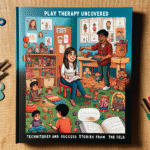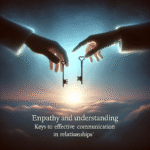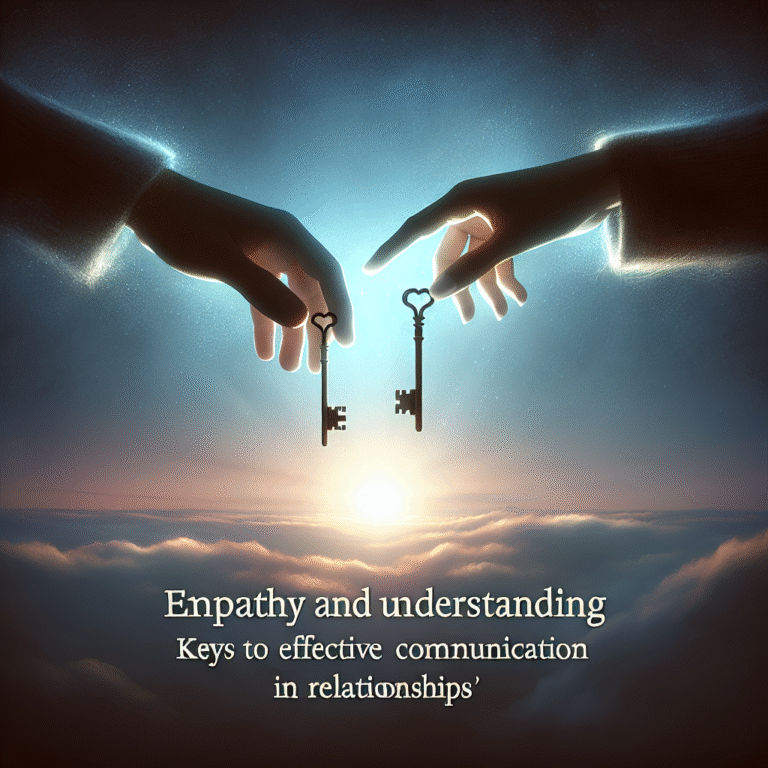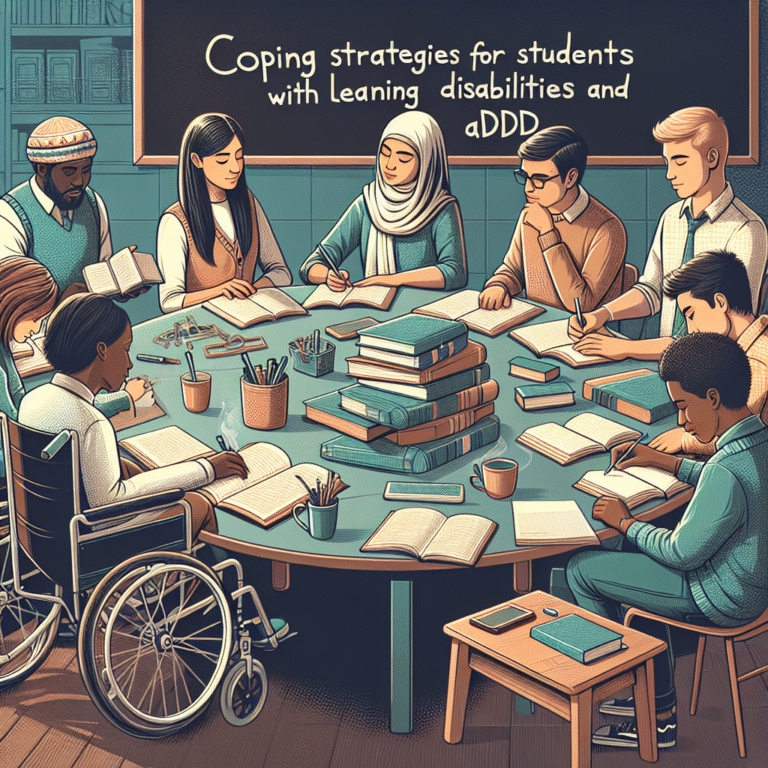
Introduction: The Vital Connection Between Attachment and Well-Being
Attachment is the invisible thread that weaves our relationship fabric. It influences how we connect with others, how we respond to intimacy, and how we manage our emotional worlds. However, many of us carry the weight of insecure attachment patterns formed in our early relationships. Breaking the Cycle: How to Heal Insecure Attachment Patterns is not merely an academic endeavor; it is a journey toward emotional freedom, healthier relationships, and deeper self-understanding.
The significance of healing insecure attachment patterns cannot be understated. Research indicates that our attachment styles—secure, anxious, avoidant, or disorganized—are often linked to our mental health, relationship satisfaction, and overall life quality. If you’ve ever felt constantly worried about your partner’s love or found yourself emotionally distant, you’re not alone. Acknowledging and addressing these patterns equips you with tools necessary for meaningful change.
In this article, we will explore insightful methods, case studies, and practical advice for breaking the cycle of insecure attachments.
What Are Insecure Attachment Patterns?
Understanding Attachment Styles
Attachment theory, developed by psychologist John Bowlby, describes how the bonds formed in early childhood dictate our relationship behaviors. Here’s a brief overview of the four primary attachment styles:
| Attachment Style | Description | Characteristics |
|---|---|---|
| Secure | Healthy balance of independence and intimacy | Comfortable with closeness, effective communication |
| Anxious | High need for reassurance and fear of abandonment | Overly sensitive to partner’s signals, can be clingy |
| Avoidant | Value independence and minimize emotional closeness | Often emotionally distant, avoid intimacy |
| Disorganized | Combination of anxious and avoidant characteristics | Unpredictable behavior, difficulty managing emotions |
Understanding these styles is foundational in learning how to heal insecure attachment patterns. It enables individuals to pinpoint their behavior in relationships and recognize the underlying emotional triggers.
Why It Matters
Why should we care about insecure attachment? Because the implications are profound. Research shows that individuals with secure attachment styles report higher relationship satisfaction, better mental health, and more resilience in facing life challenges. Conversely, those with insecure attachments often struggle with anxiety, depression, and dysfunctional relationships. Recognizing these patterns is the first step in the transformative journey of breaking the cycle.
Case Study 1: Sarah’s Journey from Anxious to Secure Attachment
Sarah was a 30-year-old marketing manager whose relationships were fraught with anxiety. She often felt her partners didn’t love her enough and would frequently seek reassurance. Her emotional state led to tension and ultimately the end of her relationships.
Analysis
Sarah’s anxious attachment style stemmed from her childhood, where parental inconsistency left her feeling insecure. To heal, she embarked on therapy. Over time, she learned to communicate her needs without becoming overly dependent on her partners for validation. She also involved herself in mindful practices such as meditation and journaling to bolster her self-esteem.
Breaking the Cycle: Practical Steps to Heal Insecure Attachment Patterns
Healing insecure attachment requires commitment, introspection, and often, professional guidance. Here are some practical steps you can take:
1. Self-Awareness: The Foundation for Change
-
Recognize Your Attachment Style: Take quizzes or engage in reflective practices to understand which attachment style resonates with you.
- Keep a Journal: Document your relationship behaviors, thoughts, and feelings to identify patterns.
2. Engage in Therapy
-
Cognitive Behavioral Therapy (CBT): This method can help reshape negative thought patterns related to relationships.
- Attachment-Based Therapy: A specific approach geared toward understanding and transforming attachment-related issues.
3. Communication Skills
-
Practice Assertiveness: Learning to express your thoughts and feelings openly reduces anxiety and fosters healthy relationships.
- Active Listening: Building emotional intimacy requires understanding your partner’s perspective.
4. Build Emotional Regulation Skills
-
Mindfulness Practices: Techniques such as meditation and deep breathing can help ease emotional distress.
- Self-Soothing Techniques: Develop strategies for comforting yourself during stressful moments in relationships.
5. Foster Secure Relationships
-
Create Boundaries: Establishing healthy boundaries with friends and partners fosters trust and safety.
- Seek Out Secure Attachments: Surround yourself with friends and partners who demonstrate secure attachment traits.
Case Study 2: Alex’s Transformation from Avoidant to Engaged
Alex, a 35-year-old software engineer, lived his life avoiding emotional intimacy. He prided himself on independence but often felt lonely. His relationships were marked by emotional distance.
Analysis
Alex’s avoidant attachment style was rooted in a childhood filled with high expectations and little emotional support. In therapy, he learned to confront his fear of vulnerability, enabling him to embrace closeness without feeling overwhelmed. He gradually opened up to friends and partners, paving the way for richer connections.
The Role of Support Groups
Support groups offer a platform for sharing experiences, learning from others, and fostering community. They can significantly aid your journey in breaking the cycle of insecure attachment patterns. Consider local or online groups focused on relationship issues.
Benefits of Support Groups:
- Shared Experiences: Hearing others’ stories can help normalize your feelings.
- Professional Guidance: Some groups are led by trained counselors who can offer insights.
- Networking: Building connections with individuals on similar journeys can foster friendship and emotional support.
Conclusion: Embrace the Journey of Healing
Breaking the Cycle: How to Heal Insecure Attachment Patterns is not an overnight process, but each small step you take brings you closer to emotional freedom and healthier relationships. Insecure attachments can be unwound with patience, practice, and maybe a little elbow grease, but the results are worth it.
As you embark on this journey, remember that growth rarely occurs in isolation. Seek help, surround yourself with supportive individuals, and most importantly, be kind to yourself. Transformation is possible, and every effort you make can lead to secure attachments that enrich your life.
FAQs
1. What are the main types of attachment styles?
The main types of attachment styles are secure, anxious, avoidant, and disorganized. Knowing your style can help you identify behavioral patterns in relationships.
2. How can therapy help heal attachment issues?
Therapy offers a safe space to explore and address underlying emotional wounds, challenge negative thought patterns, and develop healthier relational skills.
3. Is it possible to change my attachment style?
Yes! While it may take time and effort, change is achievable through self-awareness, therapy, and practicing new skills in relationships.
4. How does mindfulness contribute to healing attachment patterns?
Mindfulness practices help by calming the mind and fostering emotional regulation, making it easier to confront fears and challenges.
5. What role do friendships play in healing insecure attachment?
Building secure friendships can provide a stable, supportive environment to practice intimacy and communication skills, bolstering your journey of healing.
By taking the necessary steps to understand and change insecure attachment patterns, you are not just altering your future—you are crafting a richer, more fulfilling life. Embrace this journey, and remember: healing brings new beginnings.


















